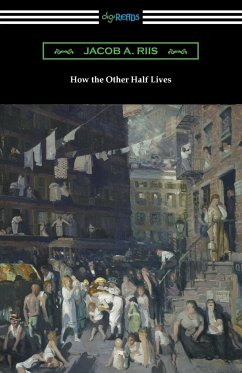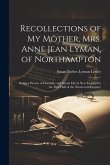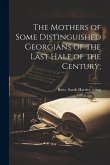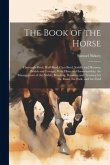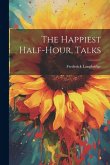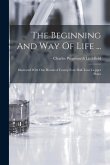"How the Other Half Lives" is a chronicle of the conditions of abject poverty that the residents of the slums of New York at the end of the 19th century had to endure. Riis, who as an immigrant himself lived in these tenements on the lower east side of Manhattan, exposed the horrible conditions while working as a reporter for the New York Tribune. This book when first published in 1890 shed a much-needed light on the conditions of the poor. Presented here is a reproduction of that original 1890 edition with the numerous illustrations included in that volume.

